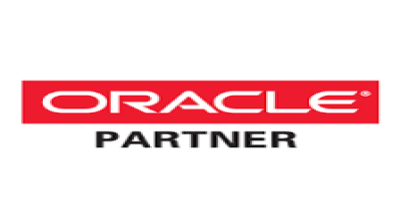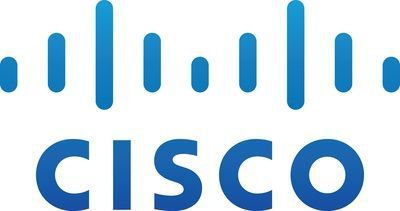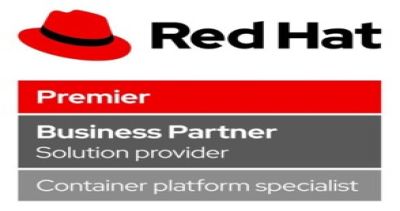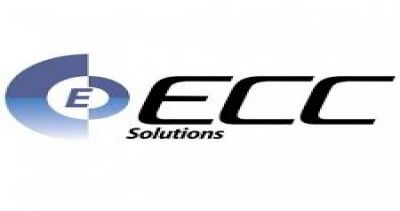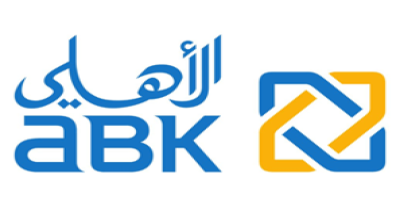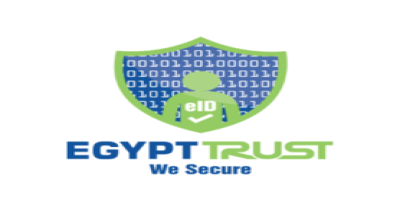Nov 07, 2023
IBM Storage Fusion: Accelerating Hybrid Cloud Deployments
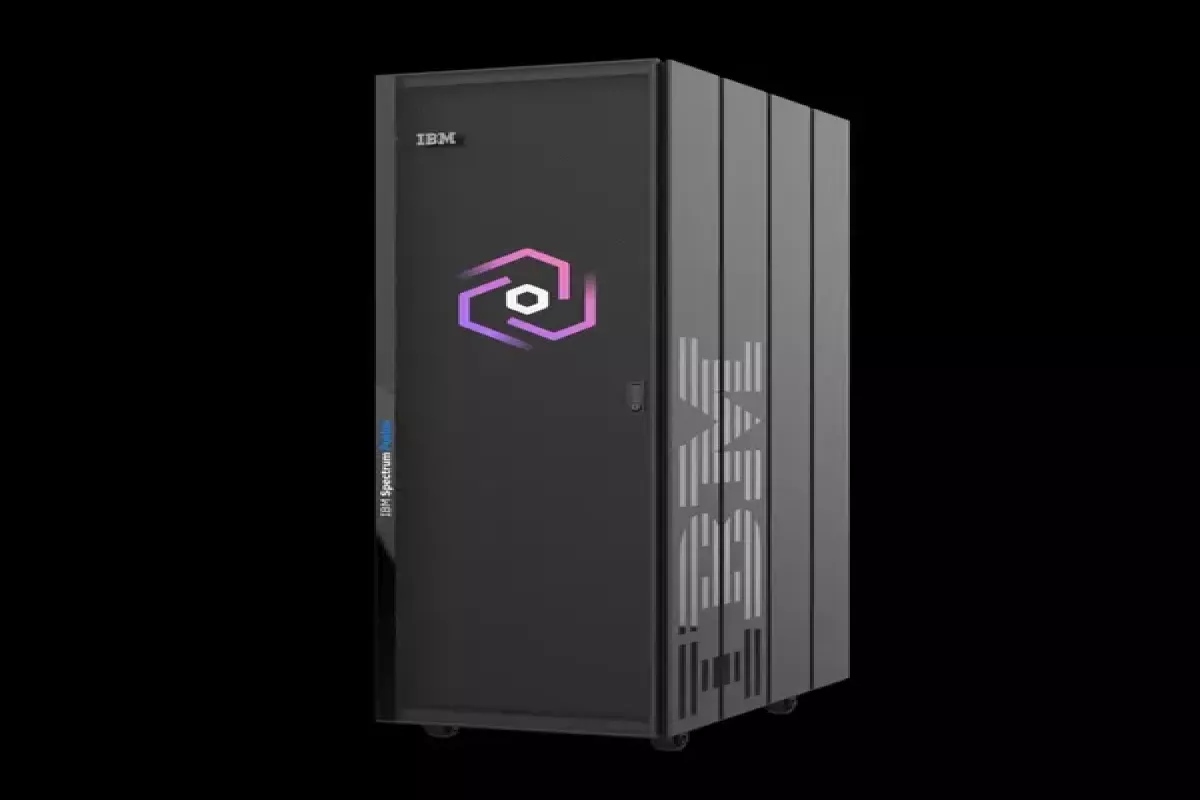
As technology continues to evolve rapidly, businesses are always on the lookout for innovative solutions to accelerate their digital transformation and stay ahead of the competition. In this regard, cloud-native infrastructure and hybrid cloud environments have become critical components. IBM Storage Fusion is one of the leading offerings in this space. This blog delves into the key features and benefits of IBM Storage Fusion, its use cases, and recent updates that make it an even more compelling choice for organizations looking to embrace cloud-native infrastructure.
1. Understanding IBM Storage Fusion
IBM Storage Fusion is a cloud-native infrastructure solution designed to accelerate time to value for applications running on virtual machines and containers in hybrid cloud environments, particularly on Red Hat OpenShift. It offers two flexible options to support a variety of hybrid cloud needs:
Fusion HCI System: This option provides a fully integrated, turnkey platform for running and maintaining all your on-premises Red Hat OpenShift applications.
Fusion Software: It runs anywhere Red Hat OpenShift runs, whether it's on a public cloud, on-premises, on bare metal, or on virtual machines.
2. Benefits of IBM Storage Fusion
IBM Storage Fusion offers several compelling benefits for organizations looking to modernize their IT infrastructure and drive innovation:
a. Accelerate Time to Value:
- Hardware, Red Hat OpenShift, and data services integrate seamlessly with Storage Fusion, eliminating compatibility issues and reducing setup time.
- Enables faster deployment of containerized applications, promoting innovation and reducing time-to-market.
b. Reduce Total Cost of Ownership:
- Simplifies infrastructure and data services for OpenShift applications, centralizing management and streamlining operations.
- Optimizes resource utilization, reducing operational complexities and costs.
c. Improve Productivity:
- Simplifies infrastructure management, allowing platform engineers to focus on coding and innovation.
- Promotes collaboration between developers and platform engineers through a standardized, streamlined environment.
d. Mitigate Risk:
- Enhances application availability and reduces risks associated with network and storage-related issues.
- Utilizes a dedicated high-speed internal network and NVMe storage for optimal performance.
- Implements robust data replication and failover strategies to ensure uninterrupted availability of mission-critical applications.
3. Features of IBM Storage Fusion
The IBM Storage Fusion core value comes from "Fusion 5." This includes five application data services that ensure a consistent experience across various deployment platforms.
a. Data Persistence:
Automation for data storage provisioning streamlines the work of platform engineering and application development teams.
b. Data Resilience:
Ensures data availability even during disruptive events or system failures.
c. Data Security:
Implements data encryption, retention, and recovery to protect against data loss, whether intentional or unintentional.
d. Data Mobility:
Supports the mobility of data, allowing applications to run from the edge to the core to the cloud.
e. Data Cataloging:
Offers data scientists simple and fast ways to create actionable data insights at scale.
4. Use Cases
IBM Storage Fusion caters to a wide range of use cases, enabling organizations to accelerate the time to value of hybrid cloud deployments with Red Hat OpenShift. Some of the key use cases include:
Platform Modernization with Red Hat OpenShift: It facilitates the modernization of legacy applications and the deployment of next-generation workloads, offering enterprise-class data services and support for data persistence, resilience, security, mobility, and cataloging.
Application Modernization: IBM Storage Fusion supports the modernization of applications, making it ideal for organizations looking to update their databases, analytics, logging, and monitoring and embrace AI/ML, analytics, and data lakehouse solutions.
Enhance IBM Cloud Paks: For businesses using IBM Cloud Paks, IBM Storage Fusion integrates seamlessly to enhance the performance and capabilities of these cloud-native solutions.
5. What's New in IBM Storage Fusion?
IBM is committed to enhancing the capabilities and reliability of IBM Storage Fusion with each release. Here, we'll delve deeper into the key features and improvements in recent versions:
a. IBM Storage Fusion HCI System 2.5.2:
High Availability Cluster Support: The introduction of high availability cluster support in version 2.5.2 is a significant milestone. Now, organizations can seamlessly connect three IBM Storage Fusion HCI System racks to create robust OpenShift Container Platform clusters. This feature ensures continuous availability and scalability for mission-critical applications, supporting dynamic workloads and data-intensive tasks.
Expansion Rack Support: With the new expansion rack support, businesses can easily grow their OpenShift Container Platform clusters. This scalability feature is essential for organizations experiencing rapid growth or planning for resource-intensive projects. It allows them to expand their infrastructure without the need for complex and time-consuming setups.
Custom Rack Installation: The IBM Storage Fusion HCI System is now more adaptable than ever. It can be purchased and installed in a custom rack provided by your data center. This option provides greater flexibility in data center design and infrastructure management, catering to specific space and configuration requirements.
New Backup & Restore Service: In the world of data management, backup and restore services are indispensable. The new Backup & Restore service in the IBM Storage Fusion HCI System takes this to the next level. It offers enhanced capabilities, including flexible policy frequency, the ability to assign multiple policies to a single application, improved visibility into job progress and error information, and robust resiliency and scale-out capabilities. With these improvements, businesses can ensure the safety and recoverability of their valuable data, even in the face of unexpected challenges.
Data Cataloging as a Service: Data cataloging is a critical function for organizations dealing with large volumes of data. IBM Storage Fusion introduces the Data Cataloging service, which is available within the IBM Storage Fusion HCI System. This service is designed to meet the needs of data scientists, making it easier for them to create actionable data insights at scale. It rapidly ingests, consolidates, and indexes metadata for billions of files and objects, empowering data-driven decision-making.
b. IBM Storage Fusion 2.5.1:
Dynamic Storage Provisioning: Storage requirements can vary significantly based on workloads and data growth. IBM Storage Fusion 2.5.1 introduces dynamic storage provisioning, allowing administrators to configure storage devices directly from the user-friendly IBM Storage Fusion UI. This feature simplifies the management of storage resources, making it more adaptive to changing business needs.
IBM Storage Fusion Data Foundation: Version 2.5.1 includes IBM Storage Fusion Data Foundation 4.12, which is also compatible with Red Hat OpenShift Data Foundation 4.12. These offerings provide the same core data services, and though their functions are identical, they differ in digital signature. This integration streamlines the user experience and ensures compatibility.
IBM Spectrum Protect Integration: Data backup is a critical aspect of data management. IBM Storage Fusion now allows organizations to back up and recover Red Hat OpenShift data to an IBM Spectrum Protect server using the S3 option. This feature enhances data protection and recovery capabilities, ensuring that valuable data is safe and easily recoverable in case of data loss.
Global Data Platform Support: The Global Data Platform service is now supported on the Red Hat OpenShift Service on AWS (ROSA) platform. This opens up new possibilities for organizations looking to leverage cloud services for their data management and storage needs. This support broadens the range of platforms where IBM Storage Fusion can be applied, offering greater flexibility and adaptability to different cloud environments.
Backup & Restore: The Backup & Restore service is an essential component of data management. The improvements in version 2.5.1 make this service even more robust. With the ability to realize policy frequency in units of minutes or hours, assign multiple policies to a single application, and gain better visibility into job progress and error information, organizations can ensure their data is well-protected and recoverable.
Supported Component Versions: IBM Storage Fusion ensures compatibility with various components. In the 2.5.2 release, OpenShift Container Platform 4.12, IBM Storage Fusion Data Foundation 4.12, IBM Spectrum Scale 5.1.7.0, and IBM Spectrum Protect Plus 10.1.12.4 are among the supported versions. In IBM Storage Fusion HCI System 2.5.2, you can also find support for IBM Spectrum Scale Container Native 5.1.7.0, Data Cataloging 2.1.0, and Backup & Restore 2.5.1. This commitment to staying up-to-date ensures that IBM Storage Fusion is compatible with the latest technology, providing organizations with a future-proof solution.
If you want to read more on this subject, read our blog “What's New in IBM Storage Fusion: Exploring the Latest Features.”
6. Deployment Models
IBM Storage Fusion offers two distinct deployment models, providing organizations with the flexibility to choose the option that best aligns with their specific needs and infrastructure.
